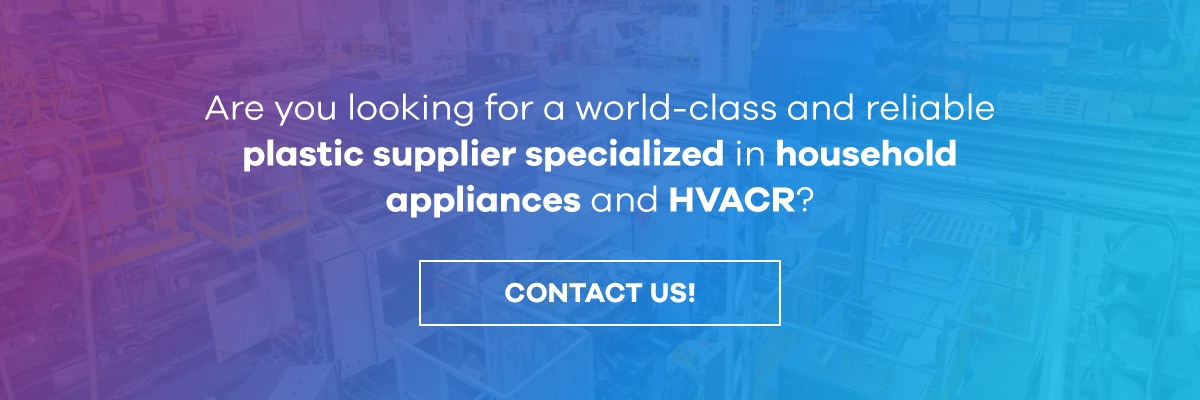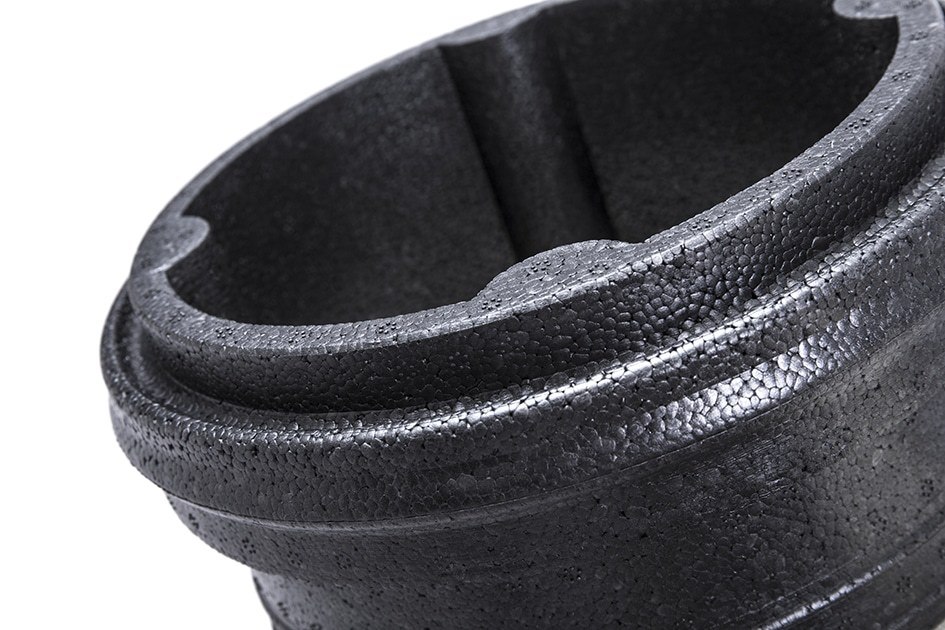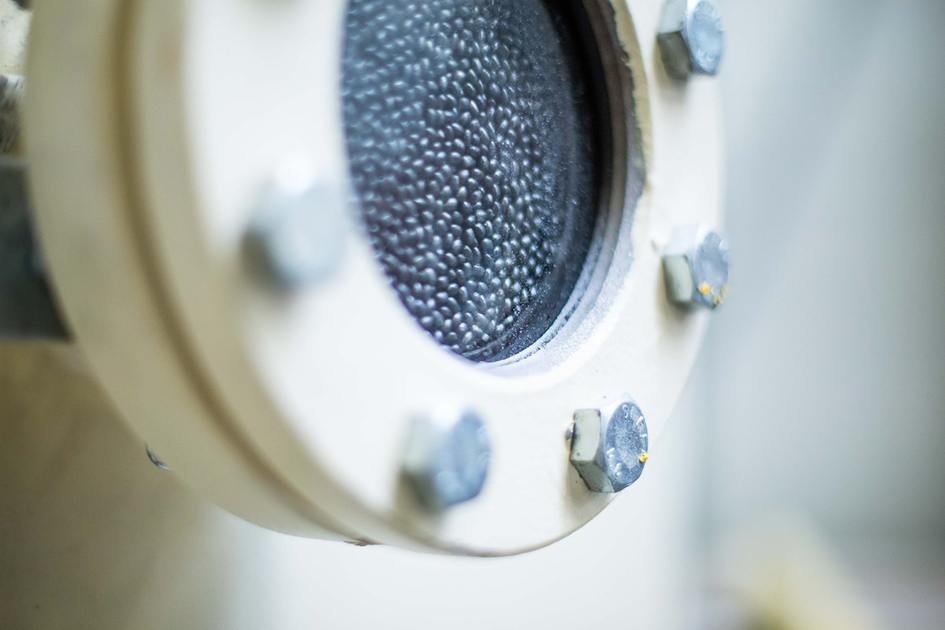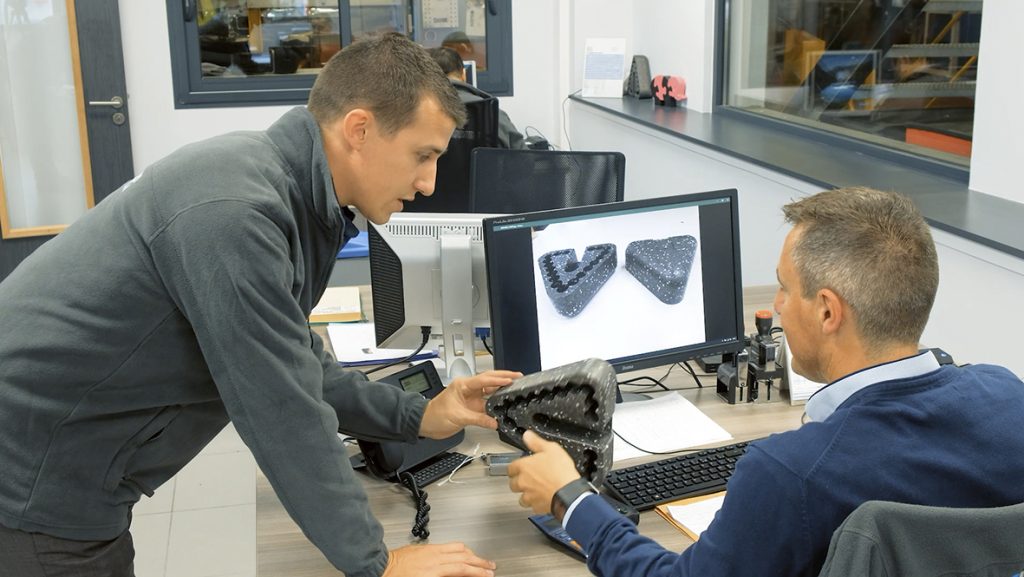HVAC installations are in charge of guaranteeing air quality and temperature comfort. However, heat loss issues can compromise their performance. When this happens, a diagnosis must be carried out in order to determine what the problem is and the possible solution. Incorporating foam components might be among the chief solutions. How does plastic foam reduce heat loss in HVAC? We analyze why plastic foam solutions might work for you.
You might also be interested in: HVAC technical parts design process
Why is it important to prevent heat loss in HVAC
Heat loss is a common problem in HVAC installations, a problem that prevents these systems from working efficiently and which can translate into important economic and comfort issues.
While an HVAC system is typically responsible for maintaining adequate levels of heat, humidity, airflow rates, and exchange rates, heat loss problems inhibit its performance.
The main two reasons to supervise and correct heat loss problems are:
- Energy waste: air leakages and other heat loss issues lead to substantial energy waste. When such issues occur, HVAC systems employ energy in moving air that doesn’t fulfill its ventilation or temperature-regulation purposes. Thus, additional pressure is needed and energy is consumed, but results are not noticeable. For instance, the problem might be that heated or cooled air doesn’t reach its destination because of air leakages; or warm air enters the system because of poor thermal isolation, hindering the structure’s cooling capacities.
- The decline in Indoor Air Quality (IAQ): heat loss issues typically involve a malfunction in the indoor/outdoor air scheme. If the system allows for polluted air to enter the building or doesn’t extract polluted air, it can have a negative effect on IAQ and, as a result, on the inhabitant’s health.
Reasons for heat loss in HVACR products
Inadequate insulation
If ductwork was not designed with heat loss issues in mind, it’s very likely to have been constructed with inadequate insulation materials or technologies.
In order to generate an energy-efficient HVACR system, the right insulation materials must be incorporated, so that they prevent heat or cold from escaping or entering, hindering the system’s performance. This is one of the main advantages of certain plastic foam components, which we discuss further down the text.
Connections
A faulty design or poor workmanship might produce weak connections in HVACR systems. These must be addressed through renovation projects that stop heat loss issues caused at this level.
Air leakages
The majority of HVACR systems use air transportation for ventilation. It’s precisely the transport process that can cause heat loss issues when air leakages occur. These air leakages can happen at the ductwork level, while some others originate at the air handling unit and its energy recovery component.
Just like the other two issues mentioned above, air leakages happen because HVAC projects haven’t been designed in order to prevent them. Fan arrangements, low tightness at the casing level, or poor workmanship can all be contributing to generating air leakages.
Once detected, it’s possible to incorporate plastic foam components that will stop these from happening and improve the system’s efficiency and performance.
You might also be interested in: The efficiency of expanded polypropylene foam in HVAC industry
How does plastic foam reduce heat loss?
Because of their unique characteristics and benefits, plastic foam made of EPP and EPS has quickly become many industries’ favorite material.
Incorporating technical parts made of EPS and EPP into HVAC systems, help improve these structures’ energy efficiency due to their unique insulation properties.
EPP and EPS are both expanded foam plastic materials used for insulation purposes across different industries: from food and pharmaceutical packaging to building technologies and materials.
As part of essential elements in HVAC systems, the incorporation of EPP and EPS may come in various elements, from ventilation system duct and pipe insulation to water heater insulation, as well as pump insulation.
But how does plastic foam reduce heat loss exactly? These materials provide the following benefits for HVAC systems:
- Thermal insulation. Because of their unique thermal insulation capacities, EPS and EPP help minimize energy waste. In fact, EPS and EPP foam have exceptional insulation properties that altogether reduce heat loss while maintaining the optimal temperature for any HVAC system’s functionality. This also has a very relevant effect on reducing the environmental impact of HVAC systems.
- Lightweight: Because its closed pores consist mostly of air, EPS and EPP are relatively lightweight compared to other materials. This particular attribute makes it easy to lift, move around, and mount, while it hardly affects the weight of the building.
- Versatile: EPP and EPS present an opportunity for custom HVAC designs, as they are easily molded into different shapes. This versatility allows these materials to be used across diverse HVAC elements for solar heating, refrigeration systems, ventilation systems, as well as air conditioning systems.
- Acoustic performance: EPS and EPP foam components also present acoustic insulation properties, preventing the typical acoustic issues created by HVAC systems from happening.
- Both materials present extraordinary chemical resistance and endurance so that the designed systems are maintained through time.
- Cost reduction: all the benefits above, from cutting energy waste to fewer maintenance needs, translate into fewer costs derived from HVAC systems. This makes an investment in EPS and EPP for HVAC systems a cost-efficient option.
Do you want to learn more about how plastic foam reduces heat loss and what are the exact steps to take in order to achieve it? Get in touch with us and learn more about HVAC insulation and how we can help you achieve it.





